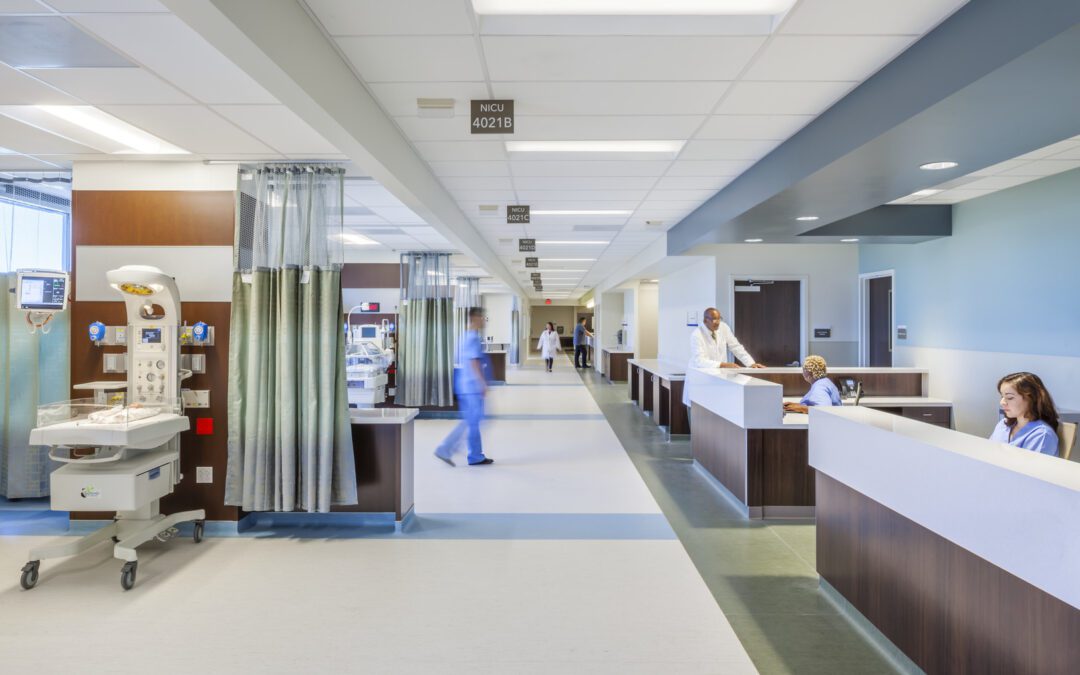In many medical malpractice cases, all eyes are on individual providers—the surgeon, the emergency room physician, the attending nurse—whose actions are closely examined for potential negligence. But behind many of these adverse events lies a more complex, and often overlooked, factor: the failure of the healthcare system itself.
System failures play a significant role in medical errors and malpractice claims. These breakdowns often involve miscommunication, poor coordination, inadequate resources, or a lack of standardized processes. While litigation often focuses on a single provider, the root cause of harm frequently stems from deeper structural issues.
Communication is one of the most common problem areas. For example, a radiologist may identify a suspicious mass on imaging but never directly inform the ordering physician. Or a hospitalist might discharge a patient assuming the primary care provider will follow up on abnormal labs—only for that step to be missed entirely. In these cases, the system’s failure to ensure clear communication results in delayed diagnoses or missed treatment opportunities.
Similarly, transitions of care, such as handoffs during shift changes or discharges from the hospital, are another potential source of error. Incomplete handoffs between residents or nurses, or discharge instructions that omit crucial follow-up steps, can leave patients vulnerable. The result can be preventable readmissions, medication errors, or worsening of untreated conditions.
Staffing shortages and supervision gaps further complicate care. Understaffed units may face delays in response times, while less-experienced providers might attempt treatment and procedures without adequate oversight. These situations often arise from institutional constraints, but they significantly increase the risk of harm to patients.
Even technology, designed to improve safety, can become a liability. Electronic health records (EHRs) may bury critical information in poorly organized interfaces, or essential alerts may be ignored due to “alert fatigue.” When test results are misfiled or medication warnings overridden, patients suffer the consequences.
Diagnostic errors are another area where system-level failures are prevalent. A backlog in pathology processing can delay biopsies. Abnormal imaging findings might never reach the treating physician due to poor workflow design. These issues often result in missed or late diagnoses, especially in time-sensitive illnesses like cancer, and they carry serious medical and legal implications.
The absence or inconsistent application of clinical protocols also contributes to adverse outcomes. Whether it’s a missing sepsis response protocol or surgical safety checklist that’s only partially followed, the lack of standardization introduces variability and error into patient care. Such gaps often reflect systemic oversight rather than individual neglect.
One of the most damaging systemic flaws is a culture that discourages speaking up. When nurses or junior staff are afraid to question decisions or report near misses, safety issues go unaddressed and mistakes are repeated. This culture of silence enables persistent risks to remain uncorrected.
Compounding these problems are training deficiencies and gaps in clinical competency. Healthcare evolves quickly, but staff may not receive timely training on new protocols, devices, or guidelines, particularly in smaller or rural facilities. When emergencies arise, unprepared providers may be unable to respond effectively, leading to preventable harm.
From a legal standpoint, these system failures can be powerful evidence in a malpractice claim. Even when a provider is named as the defendant, attorneys may argue that the real cause of harm was a foreseeable, preventable breakdown in the system. Attorneys may uncover a pattern of neglect, such as repeated communication lapses or ignored safety recommendations, to demonstrate institutional liability.
Ultimately, identifying and addressing systemic failures is essential, not just to reduce legal exposure, but to protect patients and support healthcare providers. A resilient system is one that anticipates human error and actively works to mitigate it. By investing in better communication, training, infrastructure, and safety culture, healthcare organizations can reduce harm, improve outcomes, and foster trust in the care they deliver.

